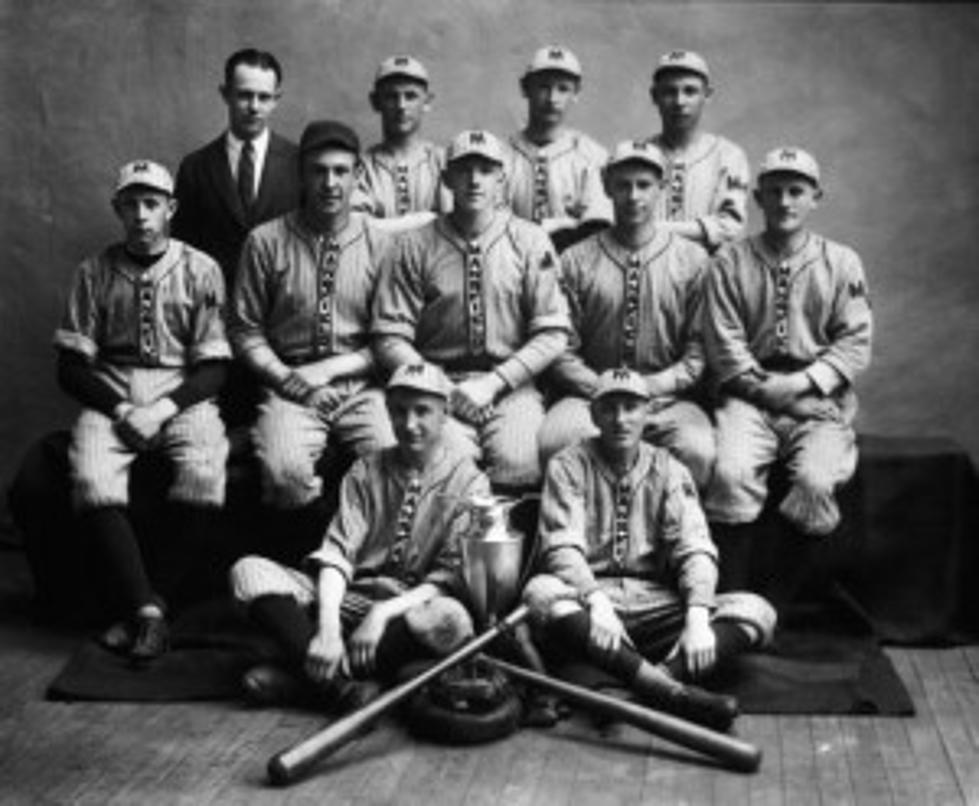
Historic Base Ball Game Set at Fort Sill
- Cost:
- FREE
Additional Information
The National Historic Landmark Museum will once again conduct a special exhibition of 19th century base ball (old spelling) on the original playing field here, July 23, at 1 p.m. The event is free and open to the public.
The event is taken straight from the history of this frontier Army post where the first organized base ball games were played in Oklahoma.
From January to March 1869, the 7th US Cavalry under the command of Lt. Col. George A. Custer played base ball routinely with the 19th Kansas Volunteers while the men of the 10th U.S. Cavalry “Buffalo Soldiers” began the arduous task of building the new fort. By late March, the handmade base ball began to unravel and it was time for the temporarily enlisted Kansas troops to return home.
The game of base ball was commonly played by the Army throughout the west in the latter half of the 19th century. The rules, terminology, and equipment were still evolving during this time and would not become the more recognizable athletic contest that we know and love today until after the turn of the 20th century.
Throughout the 1870-1900 timeframe, base ball was routinely played at Fort Sill between soldiers of different organizations. Cash awards and other valuable prizes were often provided by William Quinette, the post trader, during the July 4 celebrations when most of the games were played. Records exist regarding the “King Nine,” a cavalry base ball team from Fort Sill traveling to Henrietta, Texas to play and defeat the local champions.
One unusual aspect of base ball history at Fort Sill is the fact that Native American teams were organized and actively playing during the 1880s and 1890s. Troop L, 7th U.S. Cavalry was reorganized at Fort Sill in 1890 consisting of Kiowa, Comanche and Apache soldiers. This organization was originally wiped out at the Little Big Horn Battle in Montana under Custer in 1876 but was reconstituted at Fort Sill as an all-Indian unit. Most of the Apache soldiers were officially prisoners of war, yet all were armed, wore uniforms, received a salary, escorted payroll, chased outlaws and served with distinction as soldiers in the U.S. Army.
These Native American soldiers also formed base ball teams that competed routinely against other organizations on the post. Even Geronimo, the Apache POW, played base ball at Fort Sill and still later in 1951, the legendary baseball player and native Oklahoman, Mickey Mantle, would take a break in his base ball career to take his physical examination for the Army at Fort Sill.
Today, the descendants of those Native American soldiers are once again playing base ball as the “Fort Sill Indians” on the historic base ball diamond located on the southwest corner of the 1870 parade ground. The family lineage of these players is tied to famous leaders/warriors such as Satanta, I-See-O, Geronimo, Quanah Parker, Naiche and many others. This year the opposing team, referred to as the “Fort Sill Cannonballs,” is represented by active duty soldiers of different ranks and positions.
It is also rumored that some undesirable ruffians from south of the Red River may be passing through during the game and cause trouble. The Deputy U.S. Marshals will be fully prepared to take care of these characters as well as anyone else who misbehaves. Trouble makers will be promptly escorted to the Guardhouse and locked up. No doubt this will be a unique experience for everyone.
This special trip into Fort Sill’s colorful past is one of the several education programs produced by the Fort Sill National Historic Landmark Museum. Everyone is welcome to spend the afternoon under the shade trees to watch base ball and Oklahoma history come to life on the original grounds where the games were first played 141 years ago.
